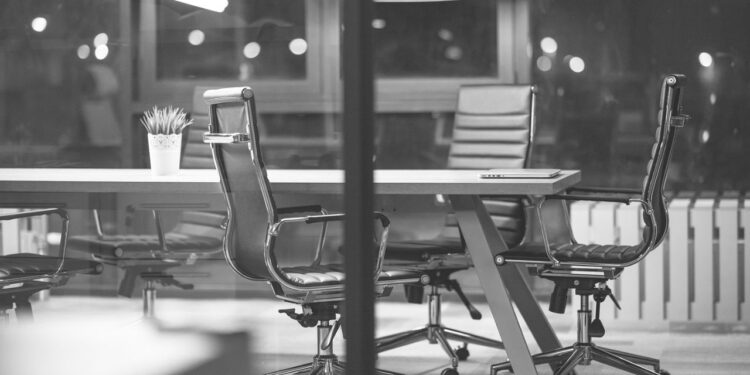Although office occupancy continues to claw back to its heyday, its 47.5% rate seen in September is still half of pre-pandemic levels.
The main culprit for low office usage? Hybrid work models.
Workers are increasingly dividing their time between home, the office and wherever else they see fit for productivity. However, this idealistic view of the workplace from the employee perspective could be a disaster scenario for landlords.
To better address the gap in occupancy, The World Economic Forum’s Future of Real Estate Taskforce on Digital Transformation created a toolkit that aims to improve the occupant experience, while still maintaining the needs today’s workforce craves.
Of course, one occupant’s dream could be another’s nightmare.
In finding the best of both worlds, it’s important to note what people typically want from the office. Are they looking to collaborate with their team? Or do they need a quiet haven away from the distractions of home?
If offices can successfully offer options on both spectrums, occupancy is much more likely to spike.
Another tool that can aid in this is the incorporation of proptech, allowing occupants to easily curate their own office experience.
For example, picture a worker wants to come into the space to practice an important pitch. They likely need a space with access to fast internet and presentation technology. With the use of the right proptech application, they can quickly log in and see which spaces are available for use before stepping out their front door.
Doing so gives occupants choice, and choice may be among the most important factors for sustainable office activity.


 Dr. Gleb Tsipursky – The Office Whisperer
Dr. Gleb Tsipursky – The Office Whisperer Nirit Cohen – WorkFutures
Nirit Cohen – WorkFutures Angela Howard – Culture Expert
Angela Howard – Culture Expert Drew Jones – Design & Innovation
Drew Jones – Design & Innovation Jonathan Price – CRE & Flex Expert
Jonathan Price – CRE & Flex Expert











